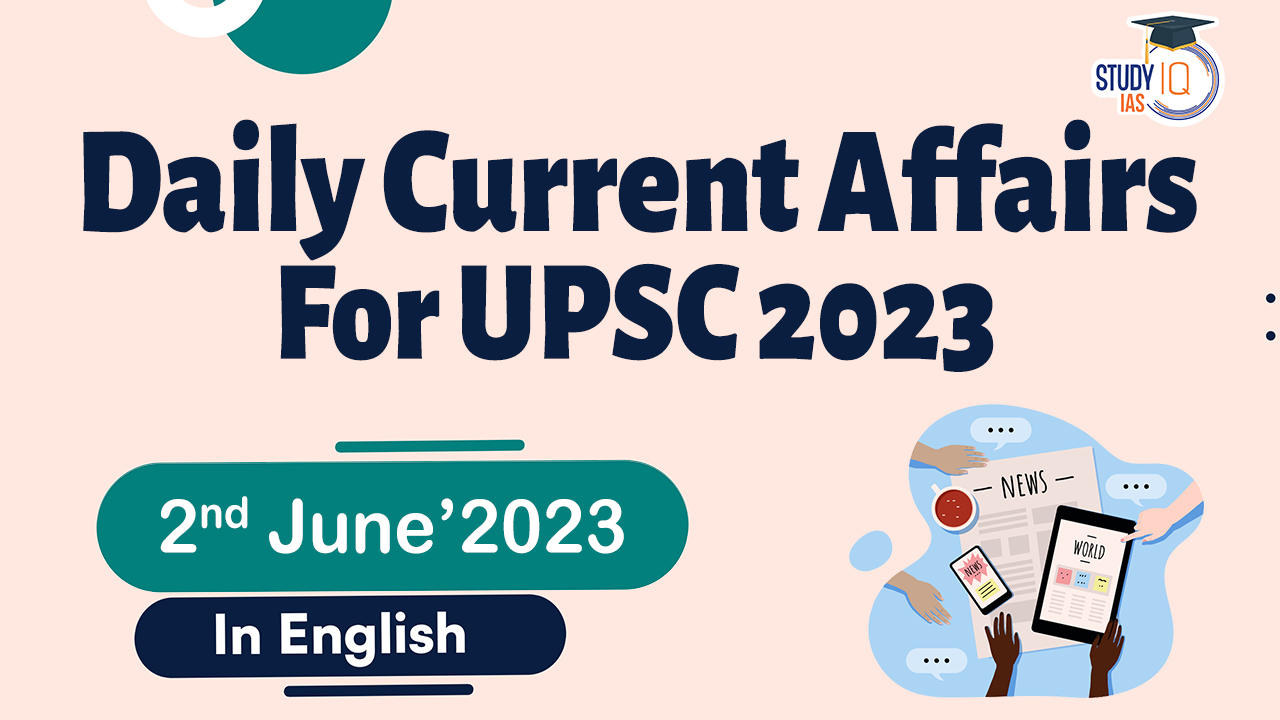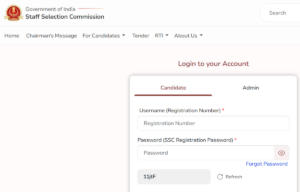Daily Current Affairs for UPSC 2023
Q) Which one of the following statements is not correct about Western Disturbances?
- They are influenced by the westerlies.
- They usually occur during the winter season.
- They bring non-monsoonal precipitation.
- They mostly originate in the tropical Indian Ocean.
Daily Current Affairs for UPSC – 1 June April 2023
Explanation:
- Option (1) is correct but Option (4) is incorrect: Recently, India has witnessed an unusually high number of western disturbances (WDs) in the last three months. Western Disturbances are east-moving rain-bearing wind systems driven by the westerlies that originate beyond Afghanistan and Iran, and pick up moisture from as far as the Mediterranean Sea and even the Atlantic Ocean.
- Option (2) is correct: These are examples of extra-tropical cyclones that are a result of low-pressure areas formed due to the interactions between polar and tropical winds. Western Disturbances frequently influence weather over India, particularly the northwestern regions. In the case of the Indian subcontinent, moisture is sometimes shed as rain when the storm system encounters the Himalayas. Western disturbances are more frequent and stronger in the winter season.
- Option (3) is correct: It is a non-monsoonal precipitation pattern. Precipitation during the winter season has great importance in agriculture, particularly for the rabi crops. Wheat among them is one of the most important crops, which helps to meet India’s food security.
Q) Consider the following statements about Lithium:
- It is commonly used in the glass and telecommunication industries.
- Lithium is used as a convertor to tritium used in thermonuclear reactions.
- The extraction of lithium is a water-consuming activity.
How many of the statements given above is/are correct?
- Only one
- Only two
- All three
- None
Explanation:
- Statements 1 and 2 are correct: India has discovered 5.9 million tonnes of lithium-inferred resources in the Salal-Haimana area of Reasi district of Jammu and Kashmir. Lithium is a soft, shiny grey metal found in the earth’s crust. It is lightest of the solid elements, highly reactive and alkaline metal. Due to its utility in diverse applications, it also referred as ‘White Gold’. Lithium-ion batteries are used in wind turbines, solar panels, and electric vehicles, all of which are crucial in a green economy. Lithium is used in batteries to power smartphones, laptops and other gadgets. Lithium is an essential component in the rechargeable batteries that run electric vehicles (EVs). Lithium is a key element for new technologies and finds its use in ceramics, glass, telecommunication and aerospace industries. Lithium is used in lubricating grease, high energy additive to rocket propellants, optical modulators for mobile phones and as convertor to tritium used as a raw material for thermonuclear reactions.
- Statement 3 is correct: Extracting Li from hard rock mines entails open-pit-mining followed by roasting the ore using fossil fuels. This process consumes 170 cubic metres of water and releases 15 tonnes of CO2 for every tonne of Li extracted.
Q) With reference to Manufacturing Purchasing Managers Index (PMI), consider the following statements:
- It is a survey-based index that also provides information on business activity in the service sectors.
- The manufacturing index of India’s PMI has expanded in the last year.
- The index is compiled by the Ministry of Statistics and Programme Implementation.
How many of the statements given above is/are correct?
- Only one
- Only two
- All three
- None
Explanation:
- Statements 1 and 2 are correct but statement 3 is incorrect: Recently, S&P Global India Manufacturing Purchasing Managers’ Index (PMI) rose from 57.2 in April to 58.7 in May on strong demand. The increase in output was the fastest in 28 months. Manufacturing sector also generated more employment opportunities in May this year. The manufacturing index has now spent 22 consecutive months above the key level of 50. A reading above 50 indicates expansion in activity, while a sub-50 print is a sign of contraction. The index is compiled by S&P Global from responses to questionnaires sent to purchasing managers in a panel of around 400 manufacturers. Purchasing Managers’ Index (PMI) is an indicator of business activity-both in the manufacturing and services sectors. It is a survey-based measure that asks the respondents about changes in their perception of some key business variables from the month before. It is calculated separately for the manufacturing and services sectors and then a composite index is constructed.
Q) Consider the following statements about Agni-1 Missile:
- It is a surface to air ballistic missile.
- It has a range of more than 2500 kilometers.
- It is developed under the Integrated Guided Missile Development Program.
Which of the statements given above is/are correct?
- 1 and 2 only
- 1 and 3 only
- 3 only
- 1, 2 and 3
Explanation:
- Statement 1 and 2 are incorrect: A successful training launch of a medium-range ballistic missile, Agni-1 was carried out by the Strategic Forces Command from APJ Abdul Kalam Island, Odisha. Agni-I is a medium-range ballistic missile. It is a single-stage missile that was developed after the Kargil War. The Agni missile is a family of medium to intercontinental range ballistic missiles. Agni missiles are long range, nuclear weapons capable, surface to surface ballistic missiles. Agni I has a range of 700-800 kilometers.
- Statement 3 is correct: It was developed by DRDO of India in the Integrated Guided Missile Development Program (IGMDP). IGMDP was conceived by renowned scientist Dr. A P J Abdul Kalam to enable India technological self-reliance in the field of missile technology.
Q) Consider the following statements about India-Nepal relations:
- Exports from India constitute more than 10 percent of Nepal’s total GDP.
- The Motihari-Amlekhgunj Petroleum Pipeline is being developed between India and Nepal.
Which of the statements given above is/are correct?
- 1 only
- 2 only
- Both 1 and 2
- Neither 1 nor 2
Explanation:
- Statement 1 is correct: India is the largest trading partner of Nepal. In FY 2021-22, Nepal constituted 2.34% of India’s exports. And exports from India constitute almost 22% of Nepal’s GDP. India is the largest source of FDI in Nepal. Indian firms engaged in manufacturing, services (banking, insurance, dry port), power sector and tourism industries etc.
- Statement 2 is correct: Recently India-Nepal have signed a series of agreements, including export of Nepal’s hydropower to Bangladesh through Indian Territory. A long-term Power Trade Agreement has been signed, aiming to set a target of importing 10,000 MW of electricity from Nepal in the coming years. NHPC and VUCL (Vidyut Utpadan Company Ltd.) of Nepal have signed agreement for the development of Phukot Karnali Hydroelectric Project and Lower Arun Hydroelectric Project. Both the sides have signed the revised Treaty of Transit under which Nepal will get access to India’s inland waterways. Both sides jointly inaugurated a cargo train from Bathnaha in India to Nepal Customs Yard. The rail link was built with an Indian grant. Foundation was laid for development of Phase-II facilities as part of the Motihari-Amlekhgunj Petroleum Pipeline.


 Indian Sex Ratio 2024, NFHS-5 Survey Est...
Indian Sex Ratio 2024, NFHS-5 Survey Est...
 Kargil Vijay Diwas 2024, Date, History a...
Kargil Vijay Diwas 2024, Date, History a...
 SSC CGL Apply Online 2024, Last Date is ...
SSC CGL Apply Online 2024, Last Date is ...

















